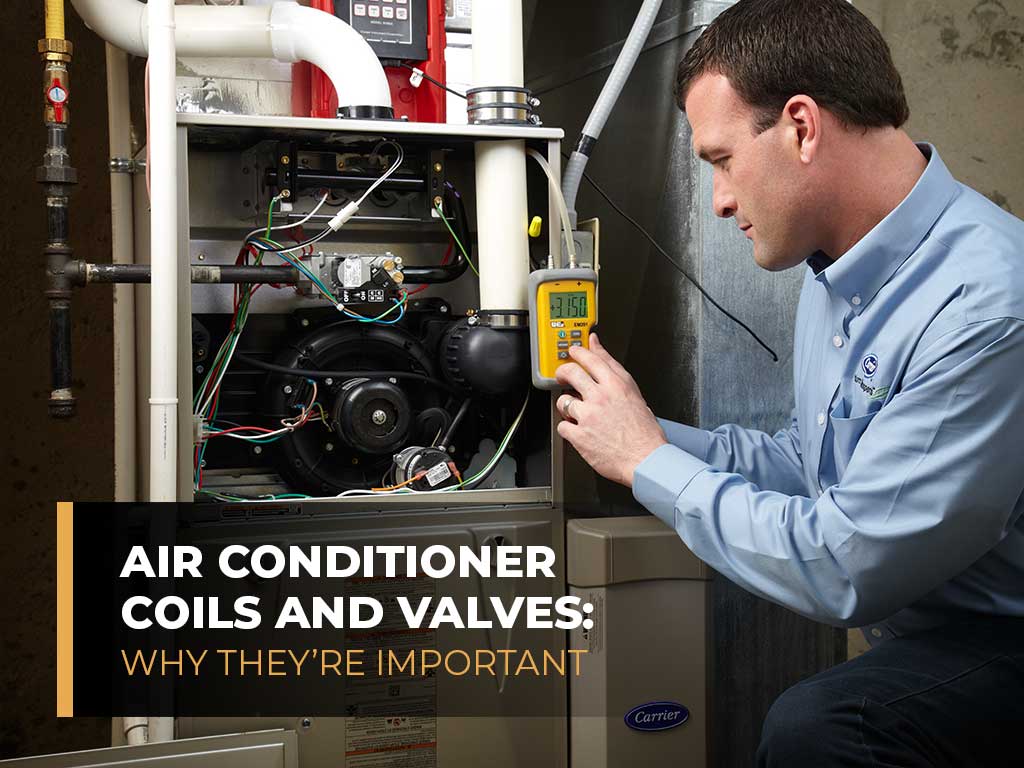July only Free Second Opinion on HVAC Replacement Systems! View More Offers
Air Conditioner Coils and Valves: Why They’re Important
When you’re looking at a new air conditioning unit, you’re usually just interested in its size, horsepower, and energy efficiency. However, learning how your units work can help you make better decisions about the air conditioning setup you should have for your home.

It is indeed important to ask for the advice of HVAC contractors, but understanding some of the technical processes in your air conditioner is just as vital.
AC Coils
Coils in your air conditioning unit work the same way the coils in your refrigerator do. There are two coils, which are basically the mechanisms that change the temperature of the air. This does not mean that the air passes through the coils; the coils heat or cool the air.
One coil is responsible for taking the hot air from inside the room and then transferring the energy from that heat to the other coil. The coil on the outside of the unit is then responsible for blasting that heat outside. Inside the coil, you’ll find Freon, a refrigerant that can be pumped through the coils to aid in the energy exchange.
The efficiency of the coils depends on how much hot air and coolant can be exposed to each other to meet the temperature change you want to achieve. Naturally, systems that can fine tune the coolant, air, and energy transfer rather than keeping the air moving all the time are better than others.
AC Valves
The efficiency comes from the AC valve. HVAC contractors know that the best valve can control the amount of air taken in and exposed to the coolant in the smallest but most effective amounts. The more coolant and more heat transfer, the harder the unit works. Positioned at the front of the coils, the valve is responsible for regulating the hot air flowing from inside the house.
For a More Technical Explanation, Consult Cardinal Heating and AC, Inc.
Ask a local Seattle professional like Cardinal Heating and AC, Inc. about your HVAC problems and concerns so you can find the right unit for your home and your needs. Call us today at [phone_number] to get started.